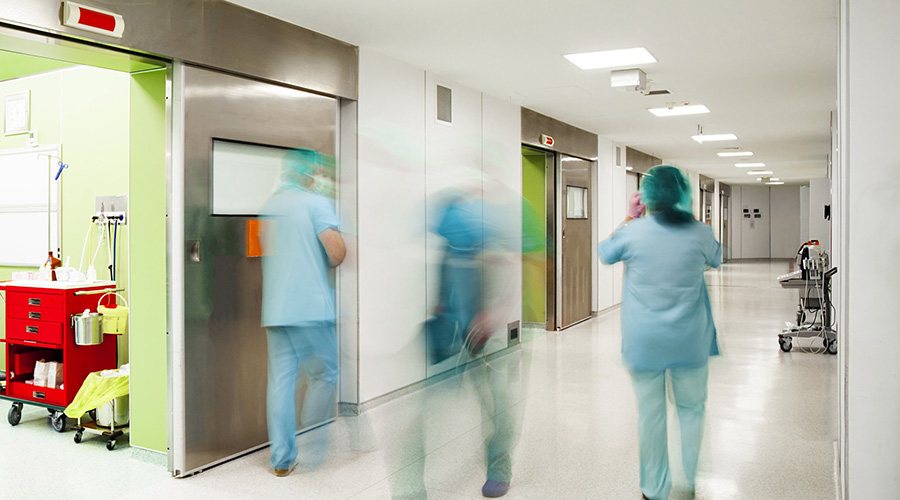Patient needs have adapted over time, and nothing further proves that point than the way that healthcare facilities are now designed. More facilities have begun incorporating technology in the early stages of the design process, planning for how these elements will evolve over time. Healthcare Facilities Today recently spoke with Matthew Griffith, VP, director of healthcare division at Barge Design Solutions on how designers can provide a safe and efficient facility as technology continues to grow.
HFT: How can designs adapt to evolving healthcare technologies and user needs over time?
Matthew Griffith: Implementing smart building systems programmed to control lighting, climate, and security operations is necessary to address evolving healthcare industry shifts over time. Similar smart technology is revolutionizing the standard of personalized care hospitals and their staff can provide patients. These solutions can also regularly obtain feedback to become even more intelligent, continually elevating the value of data-driven healthcare and the importance of an advanced digital infrastructure.
HFT: How can the architecture support the safe and efficient movement of robotic devices within the facility?
Griffith: Pre-programming navigation systems is essential to ensure optimal workflow and patient safety when integrating robotic devices into hospital settings. This allows robots to operate autonomously by following a specific path throughout the hospital. Robotic devices can also be zoned to remain in particular areas and respond in tandem with emergency alerts to decrease congestion in critical conditions. When designing hospitals, you can help accommodate robotic devices by leaving clear, unobstructed pathways and accessible doorways. For example, a recent design for the surgery suite at Oviedo Medical Center in Oviedo, FL features corridors that are well-above the minimum code required width. The design also features strategically placed storage alcoves for incorporating robotics technology. Technologies like sensors, cameras, and mapping systems also help robots safely navigate hospital environments.
Related: Preparing for Tech-Ready Healthcare Spaces
HFT: How does the design accommodate the integration of AI algorithms and decision support systems in healthcare workflows?
Griffith: Artificial intelligence in healthcare settings is incredibly powerful because it can help gather insights from large datasets, improve evidence-based decision-making, and enhance predictive analysis for patient outcomes. However, to properly support AI-driven tools, healthcare facilities need to optimize data infrastructure and system-wide connectivity to manage the massive amounts of data required for AI algorithms. Investing in these systems will also ensure that the integration of existing electronic health records and imaging records with AI analysis is seamless.
Mackenna Moralez is the associate editor for the facilities market.

 Making the Energy Efficiency Case to the C-Suite
Making the Energy Efficiency Case to the C-Suite How to Avoid HAIs This Flu Season
How to Avoid HAIs This Flu Season Design Phase Set to Begin for Hospital Annex at SUNY Upstate Medical
Design Phase Set to Begin for Hospital Annex at SUNY Upstate Medical Building Hospital Resilience in an Era of Extreme Weather
Building Hospital Resilience in an Era of Extreme Weather Ennoble Care Falls Victim to Data Breach
Ennoble Care Falls Victim to Data Breach